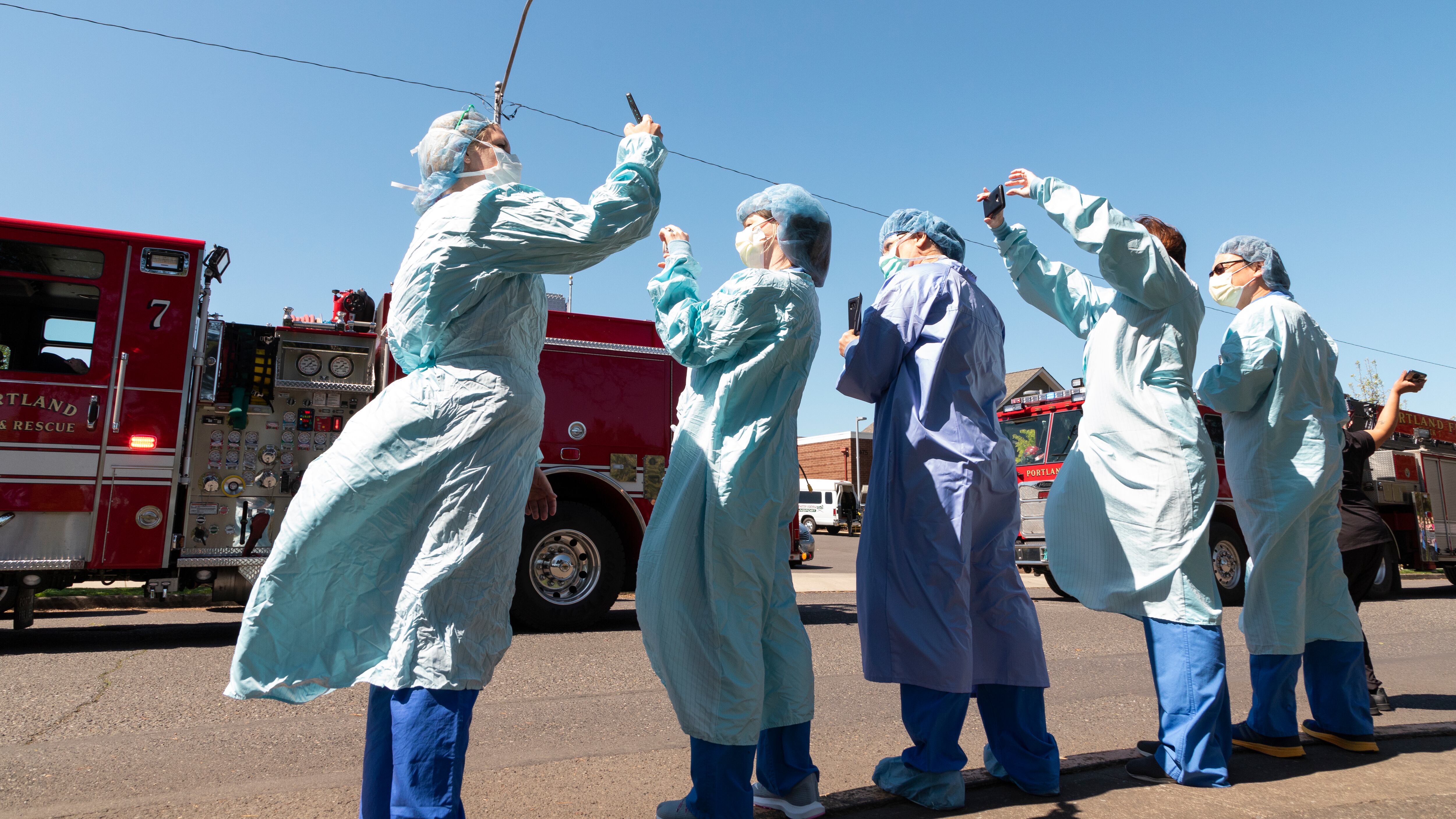The latest surge in COVID-19 began with a warning from the state’s most prominent medical institution: Oregon was again on the brink of exhausting its supply of staffed hospital beds.
At a press conference with Gov. Kate Brown on Dec. 17, two Oregon Health & Science University officials warned of the coming wave and the hospitalizations that would ensue. “Once again, many Oregonians will need a staffed hospital bed, which, frankly, remain in drastically short supply even now around the state,” said OHSU chief medical officer Dr. Renee Edwards.
Two years into the pandemic, no one doubts that hospitals are struggling with staffing shortages. In the first 11 days of this year, at least 710 staff and students at OHSU tested positive for the coronavirus, according to the Oregon Nurses Association.
While schools and businesses have closed when too many staffers were out sick, hospitals don’t have that option.
Curiously, though, hospitals themselves haven’t done all they could to protect their own workers from contracting COVID in the past month, even as they say staffing levels are the key to keeping health care functioning.
What Hospitals Aren’t Doing
Oregon hospitals, including OHSU, have not required all frontline staff to wear N95 masks, which provide the greatest protection from airborne diseases.
The N95, also called a respirator, filters at least 95% of particles and is designed to fit snuggly to the face. They cost on the order of five times more than surgical masks, but before the pandemic could be obtained by big medical facilities for 30 cents apiece.
The state’s largest nurses’ union is calling for health care facilities to require all frontline staff to wear the higher-quality N95 masks.
“The reason we support this is health care workers are getting sick at a higher rate; they always have gotten sick at a higher rate,” says ONA spokesman Kevin Mealy. “There is an additional burden, but we are two-plus years into the pandemic.”
When asked whether hospitals view N95s as worth the cost to protect staff, hospital association leaders didn’t answer directly.
“Hospitals are following guidance produced by CDC and OHA around appropriate masking,” Becky Hultberg, president of the Oregon Association of Hospitals & Health Systems, told WW on Jan. 20. “I have not heard [hospitals] are requiring staff to wear N95s.”
OHSU says it’s made N95 masks and free testing available to staff.
“Since the start of the pandemic, OHSU has implemented a number of protective measures [...] including providing eye protection and N95 masks to all patient care staff,” says spokeswoman Sara Hottman. “It is strongly recommended that they use both methods of protection.”
What’s the Best Practice
The U.S. Centers for Disease Control and Prevention began recommending N95s and other high-quality masks to the public Jan. 14, though its guidance hasn’t changed for the medical field.
State officials have authorized hospitals to adopt crisis standards of care, meaning rationing key services like beds and surgeries.
“To work properly, N95s do need to be fit tested,” says Mealy, meaning every employee needs to be fitted for a mask and shown how to wear it correctly. “So there is some additional burden. But we’ve also been in the pandemic for two-plus years. Certainly, there would be time to test all of your long-term staff.”
Mealy says the number of people wearing N95s has increased after the union recommended them at OHSU, and he hopes that will lead the employer to taking the additional step of requiring them.
